Hospitals
There is increasing pressure on hospital beds due to ageing populations and increased incidence of chronic disease. Nearly two thirds of people admitted to hospital are over 65 and an increasing number are frail or have dementia. Clinical organisations need to drive operational efficiencies, faster recovery rates and quicker patient release.
Nursing staff spend a significant amount of their time taking vital signs observations from patients (temperature, systolic blood pressure, respiration rate, oxygen saturation and heart rate). In the UK these observations are combined to create a NEWS score used to measure clinical deterioration. Much of this activity involves manual inputs on multiple devices with multiple outputs. By deploying ProCVT onto hospital beds, these readings can be taken continuously and effortlessly, then analysed automatically.
As well as being resource intensive, it has been shown that waking patients up following surgery to take observations slows recovery. It has been argued that reducing sleep disturbance for ICU patients may have a real impact on the dosage of analgesics. Furthermore poor sleep has been shown to directly affect pain levels the following day. From this it is clear that the continuous measurement of vital signs without needing to wake patients can become a useful tool for a patient's overall recovery and reducing use of analgesics. Faster recovery time, together with an improved remote monitoring capability delivered by ProCVT, will ensure quicker patient release and more in-patient capacity.
Additional capability will be available via integration of 3rd party devices. When data from a pulse oximeter is integrated with ProCVT it is possible to measure pulse transit time. This is the length of time from the heart beating (R wave of the QRS complex - measured to the nearest millisecond), and the blood arriving in the finger, as measured by the pulse oximeter. Once calibrated using a traditional blood pressure device, the patient’s systolic blood pressure will be derived from the pulse transit time, removing the need to wake the patient to put on an arm cuff and providing a continuous measure of blood pressure. Deploying ProCVT with integrated 3rd party pulse oximetry would be a cheap solution that would significantly reduce nursing workloads, improve patient recovery, reduce the use of analgesics and automate the process of NEWS and alerting, ultimately saving lives.
